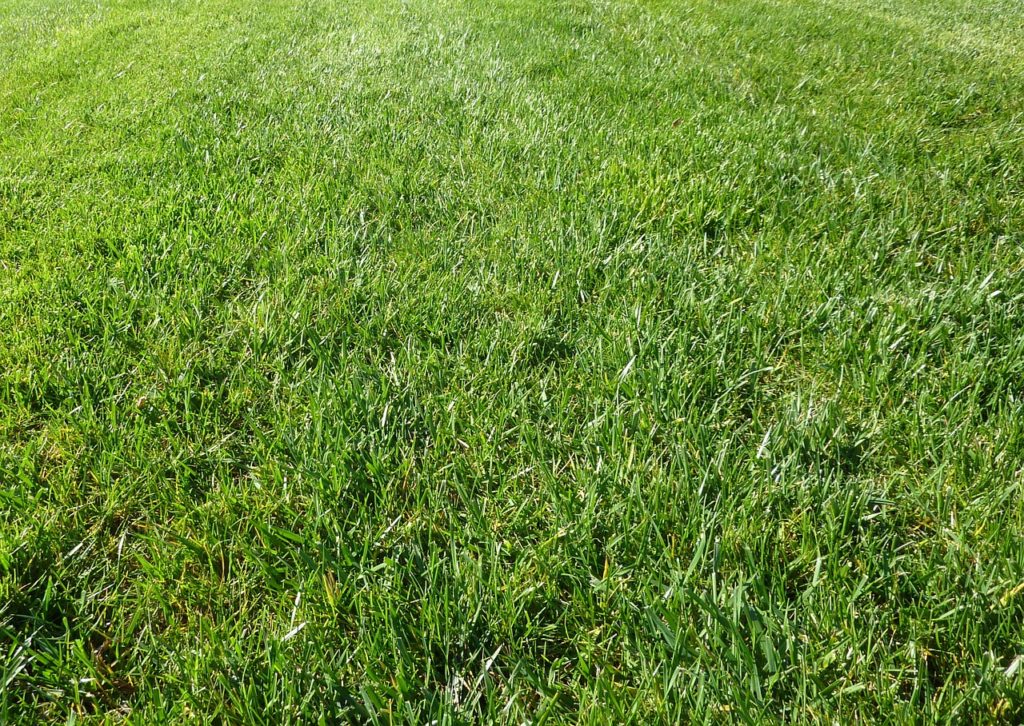Set Up Your Lawn For Success In The Spring With Winter Fertilizer
By Juan Ascension, Green Acres Landscape

In Oregon, the winter season typically means grabbing the old umbrella and preparing for a cold, wet, and cloudy season. This year is called a “La Nina” winter, which means higher than average rain amounts. While this may be a bummer to some, it should lead to a vibrant and beautiful spring, as our local plants soak up a little extra water. However, there is more you can do to help your lawn look spectacular when spring comes along. We’re talking about the flashy and super exciting topic of winter fertilization.
Okay, maybe this subject isn’t exactly a page-turner, but it is essential, so pay attention.
When you fertilize in the winter, you set your lawn up for success in various ways. First, it will make your yard look lush and green as the weather warms up. Secondly, more healthy grass and lawn mean less space for weeds to grow, so your property will also look fuller. With that in mind, here are a few things to consider when fertilizing:
Type of grass matters:
Cool-season grasses like Kentucky bluegrass, tall fescue, and perennial ryegrass respond best to fall and winter fertilization. These cool-season lawns typically grow best in regions where the spring temperatures average between 65 and 80 degrees Fahrenheit. Warm-season grasses can wait until late spring for fertilizing. If you are unsure what kind of grass you have or what fertilizer you should use, ask a professional. Using the wrong fertilizer can severely damage your yard.
What does winter fertilizer do for my lawn?
Winter fertilizer is a crucial component to helping the lawn regain essential nutrients that may have leached from its soils throughout the hottest of the summer and even early fall days. Winter fertilizer helps the root system grow stronger and deeper, leading to a fuller, healthier lawn in the spring. When you apply the fertilizer at the right time, it can feed and benefit the grass’s root system throughout even the harshest days of winter. It sustains and primes the lawn for success in the new season.
Components of Winter Fertilizer
Lawn fertilizer contains nitrogen and phosphorus. Nitrogen helps with stem growth, while phosphorus is vital for the root system. Winter fertilizers also are high in potassium, which plants need to thrive. It’s an essential nutrient that helps your lawn increase its hardiness or tolerance for cold temperatures as well as stress. Plants also require potassium to be able to absorb other essential nutrients. Additional nutrients found in fertilizer include but are not limited to calcium, carbon, hydrogen, magnesium, oxygen, and sulfur.
Reading the fertilizer numbers
To determine how much of each nutrient the fertilizer contains, you need to read the numbers. The first number is for the nitrogen (N) amount, the second is for the phosphorus (P), and the third is for the potassium (K) amount. The numbers should appear prominently on the winter fertilizer bag, usually on the front label.
In general, a winter fertilizer should have a higher potassium amount than other fertilizers. For example, a standard fertilizer may have a potassium level of 4, while its winter version has 14. If you find this confusing, ask a landscaping or garden professional to help you.
Remember, this Oregon winter is rainier than most, so be sure to fertilize a few days before or after rain. If you fertilize during a rainstorm, the chances are higher that your fertilizer will get washed away.
Juan Ascension works at Green Acres Landscape, a full-service, residential, and commercial landscaping business and nursery in Salem, Oregon. www.GreenAcresLandscapeInc.com
